In John Uri Lloyd's "Etidorhpa" the passage from the materialistic nineteenth century to the quantum twentieth century is condensed, ambiguous and relativistic, under the banner of Heisenberg's uncertainty principle: a century in which the fantastic resurrects in the heart of that same science that had naively believed to exorcise him.
di Andrea Scarabelli
Originally published on the Author's blog, its The newspaper
It is a sunny summer afternoon in 1902, we are in Los Angeles, in the gigantic hall of the Westminster Hotel, Victorian and a bit kitschy as only certain American hotels can be. The scientist John Uri Lloyd (1849-1936) is presenting his novel Etidorhpa - just to know, Aphrodite on the contrary -, chronicle of a 'physical and metaphysical exploration of underground worlds. He is asked what are the sources of his prodigious imagination, but He denies: «I have no imagination. I just remember. I write from immense distances, from the point of view of time ». And he adds, cryptically: "It is only the events that become clearer, year after year." But the public is not happy. He wants to know more, he urges him: "I'll just say that last year, seven years after its publication, it sold more than ever," he replies. "Perhaps his intent will be clearer in half a century."
The intentions can be discussed, but the fact remains that we are talking about a great editorial success. Published at the author's expense in 1895, initially distributed privately, in the first decades of the twentieth century it will depopulate, also thanks to the magnificent illustrations by J. Augustus Knapp. To the "official" data - eighteen editions in a handful of years, seven translations - are added even more eloquent anecdotes: Book Clubs dedicated solely to that work, little knots that make it a sort of Gospel, a boom in the registry of infants called Etidorhpa ... To the many foreign editions of the visionary novel, an Italian one is finally added, published by casa editrice Diana in the excellent translation of Monica Paiano.
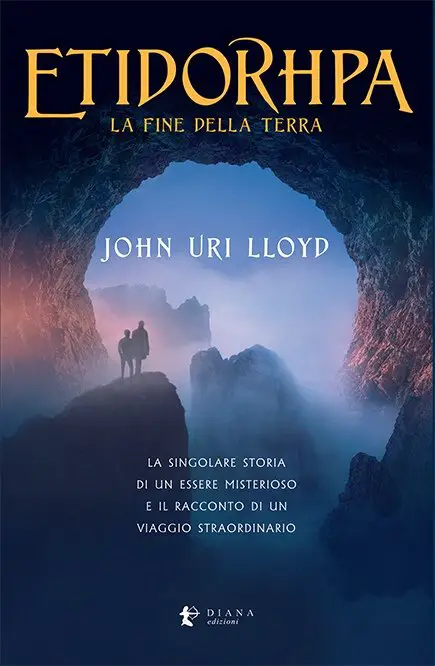
“Of all the novels about the internal world I've read, none are more extraordinary and bizarre than Etidorhpa". To write these words is one who knew the subject, namely the Walter Kafton-Minkel di Underground worlds (Mediterranee, 2012), one of the most exhaustive studies dedicated to the myth of the Hollow Earth. In fact, the topos literary of an underground journey to discover a world that the traveler on duty discovers to be "empty" is widespread. Just think of eighteenth-century works such as the Nicolai Klimii iter subterraneum di Ludwig Holberg (1741) or the monumental Icosameron, In which Giacomo Casanova speaks of a race of dwarves - called Mégamicri - who live inside the Earth.
But the "century of the hollow earth" is the nineteenth century, with works such as Symzonia: A Voyage of Discovery of a certain "Captain Adam Seaborn" (1823), The Narrative of Arthur Gordon Pym of Nantucket di Edgar poe (1838) Viaggio al centro della Terra di Jules Verne (1864) The future race di Edward Bulwer Lytton, published anonymously in 1871 and published in Italian by Arktos, the satirist A Strange Manuscript Found in a Copper Cylinder di James DeMille (1888) and Mizora: in Prophecy di Mary E Bradley (1890). Not to mention the esoteric works, linked to Vril, Agarttha, the "secret history" ...
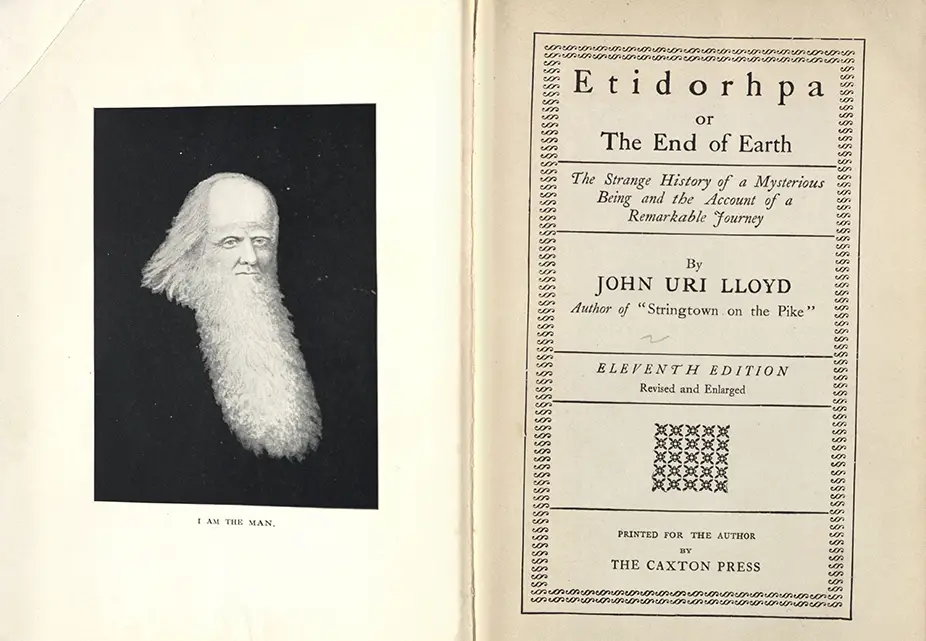
Up to the singular Etidorhpa, novel (much appreciated, it would seem, by HP Lovecraft) that mixes different styles and registers, from travel fiction to detective stories, from science fiction to fantastic, up to "hard and pure" scienceand an mixed which reflects the personality of its own author. Pharmaceutical chemist, president of Lloyd Brothers Pharmacists Inc. and, for a certain period, of the American Pharmaceutical Society, professor of "Eclectic Medicine" in Cincinnati, John Uri Lloyd extracted drugs from plants and experimented with the use of plant substances for medical purposes ( including hallucinogenic mushrooms and cocaine). But, alongside these "daytime" activities, he spent his whole life studying alchemy, spiritualism and occultism. Nothing strange, one might say: there were certainly not a few “two-faced” researchers, divided between rationalism and mystery, “lights” and “shadows” of knowledge.
Except that Lloyd embarked on the arduous mission of conjugate these two domains, the left and right hemispheres of the I cosmic. For example, he believed in the existence of powers not yet classified by official science, nor understandable by the human mind. In the future, he wrote right in Etidorhpa, «Men will acquire a control of the peripheral senses, by means of latent faculties". Then, "in the student of nature there will be an unconscious development of new mental forces." From these words emerges what it is an unparalleled opening on the mysteries of the cosmos: if properly practiced - this is fundamental -, science will lead to a further level than that of reality that we usually frequent every single day.

"What is esoteric will become exoteric". It seems to read Colin Wilson or the historian of religions Ioan Petru Culianu, when in Eros and magic in the Renaissance spoke of "Subtle processes of magic, science of the past, present and future". Above all, these lines condense the passage from the materialistic nineteenth century to the quantum twentieth century, ambiguous and relativist, under the banner of Heisenberg's uncertainty principle. A century in which the fantastic resurrects in the heart of that same science which had naively believed to exorcise it.
If so, writes Lloyd, phenomena such as "ultra-sensory" powers, ghosts and ectoplasms are not "infantile fantasies" or "residues of premodern epochs", but plans of reality that science has not yet investigated. This does not mean that they should be excluded from the field of investigation, as according to the dogmatics of the most sinister positivism, which judged real only what entered the narrow spaces of a test tube. There is no contradiction in this attitude: the reality is that Lloyd was a true scientist, and as such he also admitted the existence of what transcended science itself, not letting scientism stifle his boundless curiosity, not letting anyone put a yoke on his vast imagination. A vision of the world that led him to overcome even the opposition between "positive" and "occult" sciences, as he wrote in Etidorhpa, anticipating the theories of Henri Hubert e Marcel Mauss in Esquisse d'une théorie générale de la magie:
In alchemy there is the genesis of all the sciences of today. Alchemy is the cradle in which they were rocked. Nourished by necromancy, astrology, occultism and the whole legacy of the mystical dream, the newly born sciences have struggled for existence through dark ages, guarded by the once persecuted and now slandered alchemist. Today's world owes a monument to the Hermetic heroes.
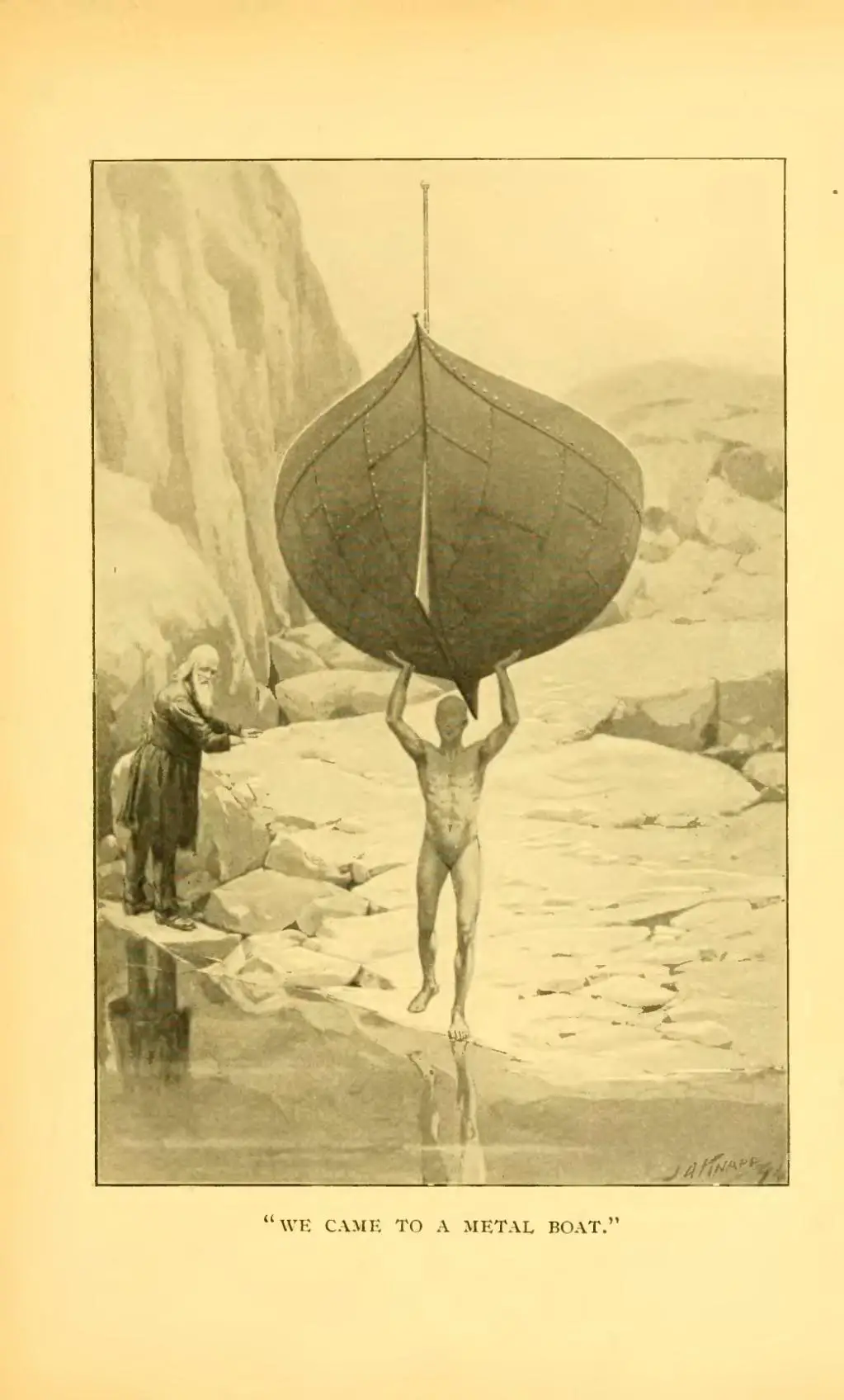
It is precisely on these assumptions that the story we are talking about is based. In what is in fact a novel within a novel, a scientist speaks of a journey into the bowels of the Earth, a mission accomplished to atone for the sin of having spread some "esoteric" knowledge learned while attending an alchemical brotherhood. He is persecuted by his members, who, after making him magically change his appearance, instruct him to choose between the asylum and the underground mission.
This narration, among other things, is the transposition of a fact that really happened, today ended up in oblivion, the "Morgan case" of 1826, when such a William Morgan, entered among the New Yorkers Freemasons of Batavia, spread their secrets in a small book, entitled Illustrations of masonry. A few days later Morgan disappeared and the printing house that printed his book was set on fire by unknown persons - which set off an anti-Masonic wave that lasted for decades. The protagonist of Etidorhpa does not end its end, choosing the departure for that underground journey and following a path very similar to that of theancient mariner of the famous Ballad di Coleridge:
You will not be killed because you have a task to do, and you will continue to exist long after others your age have died.
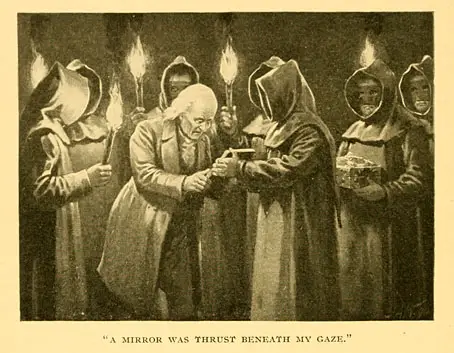
Thus, in the wilderness from Kentucky the former adept, accompanied by a mysterious amphibious creature, enters the bowels of the Earth. After traveling through endless dark tunnels, the two arrive in a bright area, glimpsing a surprising light coming from the center of the Earth. As they descend into the chthonic depths, their weight decreases and bodily functions slow down - the heart beats slower, hunger and thirst vanish. The air, at first stale and suffocating, reveals itself to be full of a feverish life force, which restores them.
Landscapes worthy of the Journey to the Center of the Earth di Verne: expanses of enormous mushrooms, a wide sea, majestic geological architectures ... They are all plans of the Ego, stages of an initiatory journey, of a catabasis that leads the protagonist to the vision of a series of states of Being, up to the final revelation. Among other things, writes ours, it cannot be ruled out that one day all humanity will have to accomplish this process, when science has taken steps to make the Earth an uninhabitable place, generating "Terrible climate change". We are in 1895 ...

Like many defenders of the truth science, in fact, Lloyd himself did not hold back when it came to criticizing the contemporary one, marked by a materialism unmatched. His followers, he writes, abolish the body, soul and heaven;
they go like pestilence and famine, hand in hand, denying all that humanity considers sacred and offering no tangible return other than a materialistic present. This same science that appears to do so much for humanity will continue to glorify the so-called material civilization, until scientific thought creates the conditions to extinguish itself and destroy the civilization it created.
To utter these words, of a radical anti-modernism, was not a reactionary, a senile enemy of the present and cantor of the good old days, but one scientist. And what he criticized was not science tout court but nineteenth-century science, which denied the multiplicity of the planes of reality. Concluding: "Beware of materialism, the end of the science of man".
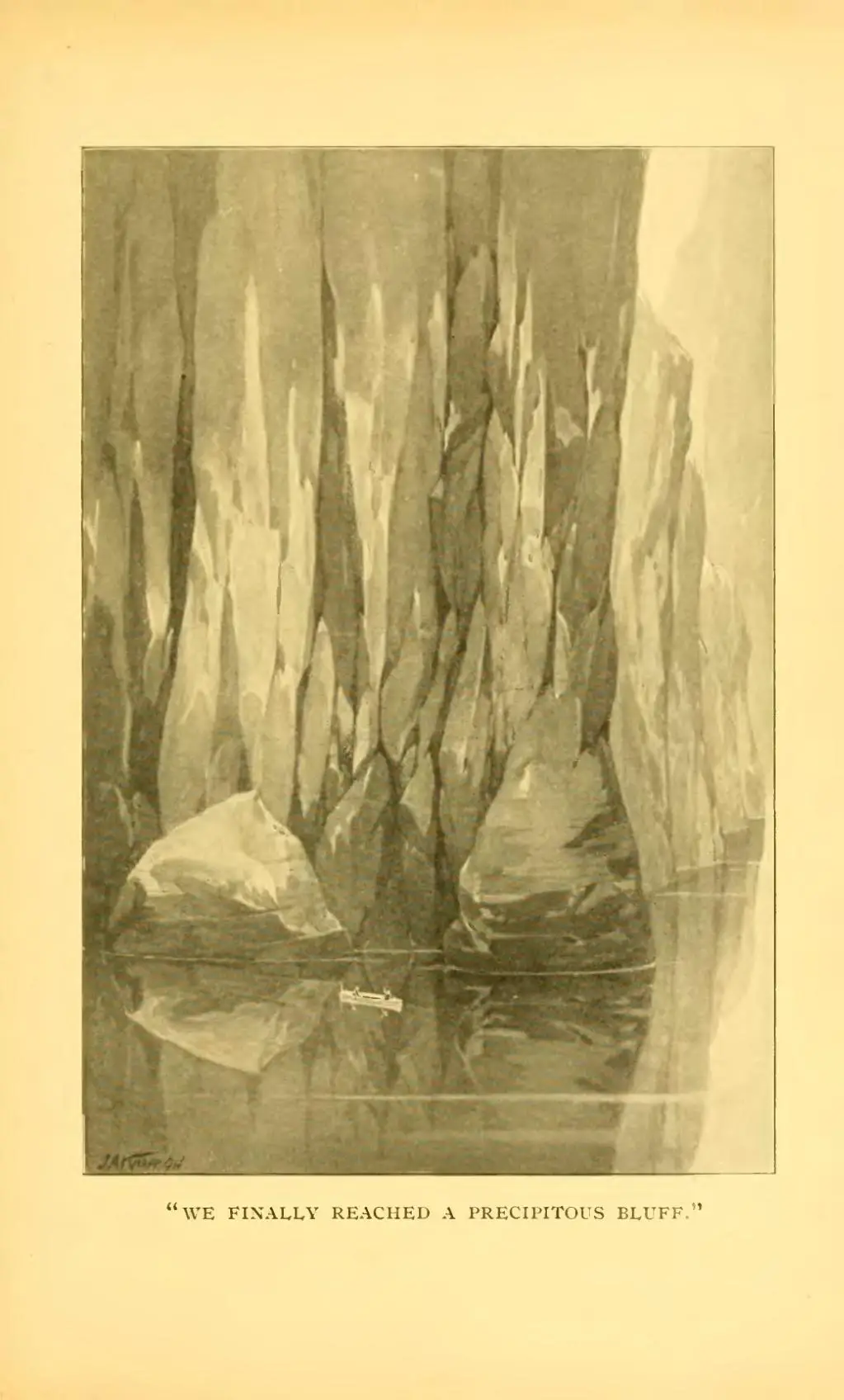
In the introduction to the Italian edition of Etidorhpa an unusual portrait of Lloyd is inserted: he is sitting in his library, submerged by books, with a skeleton resting on his shoulder. Next to him you can glimpse the scientific table of a plant, a lifelong passion. But what is striking is his gaze, which seems absent, as if he did not realize he was there. "It seems a thousand miles away", wrote RJ Smith (John Uri Lloyd: To Infinity and Beyond, "Cincinnati Magazine", April 7, 2015), "Intent on dreaming of eternal themes, visualizing what unites a sassafras leaf with the dust of dead stars".
A look perhaps fixed on Etidorhpa, eager to return, along with new scientists, pioneers from Elsewhere e argonauts of the Fourth Dimension, whose motto could consist of these words, contained in what is and remains an extraordinary novel:
In the study of any branch of science, men begin and end with the Unknown.

